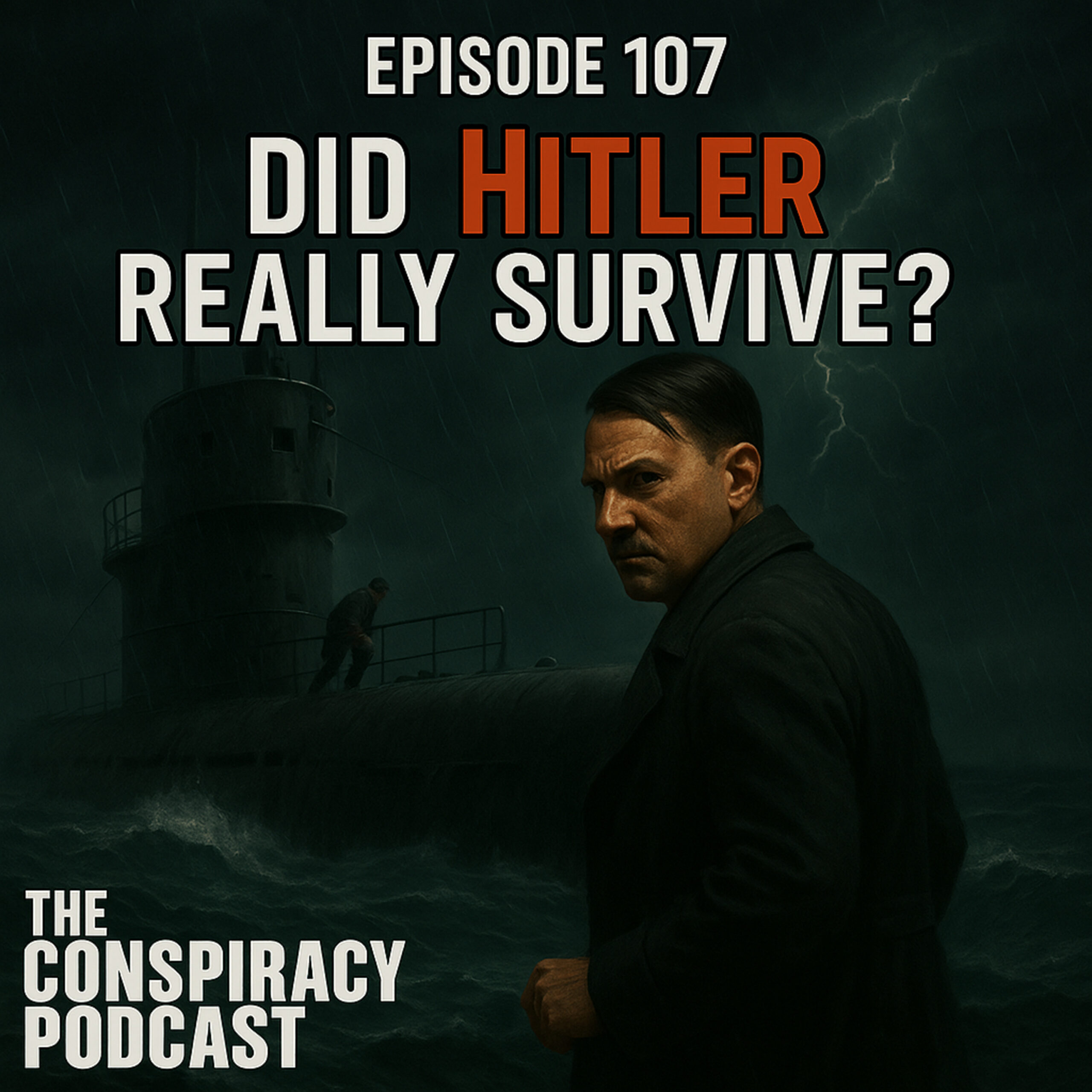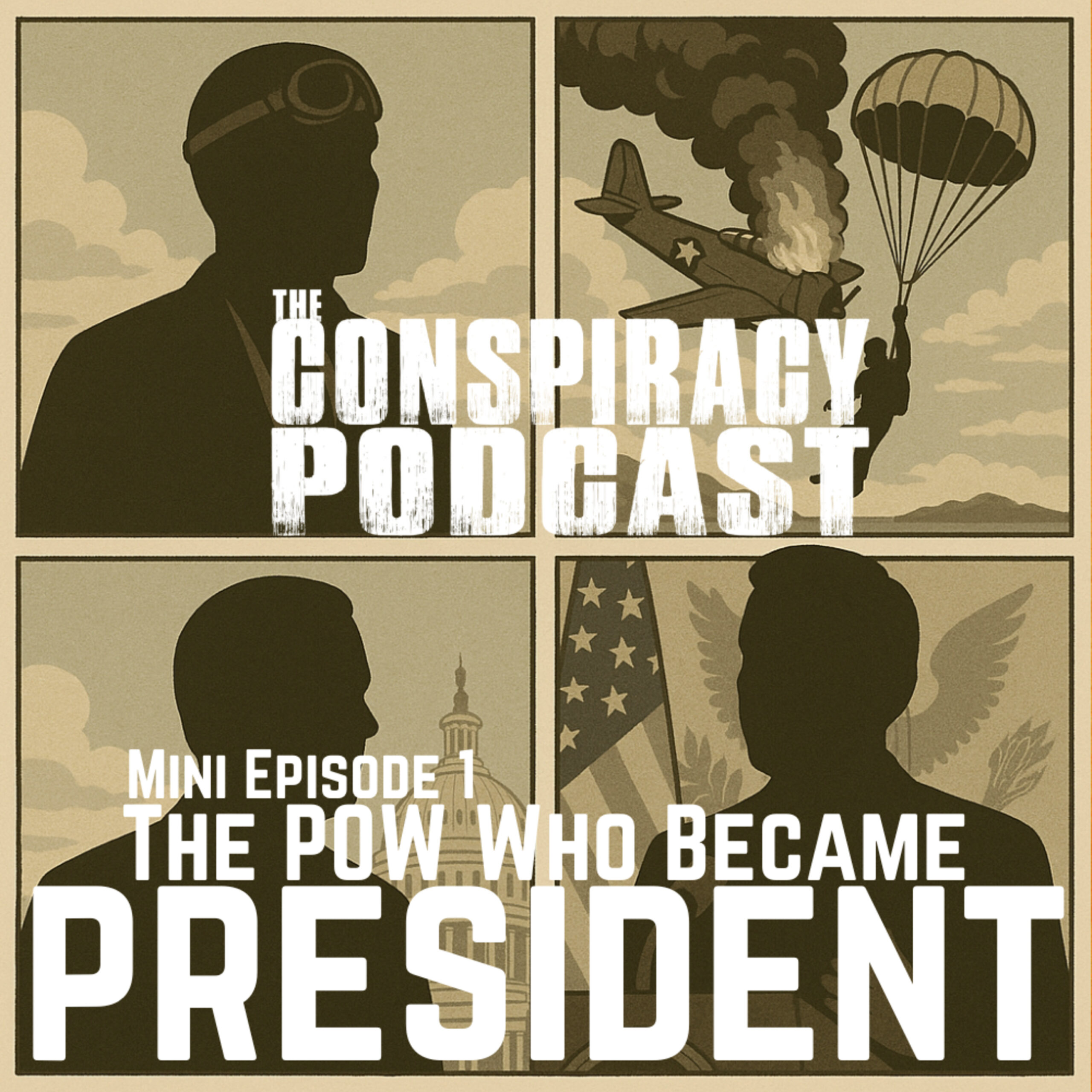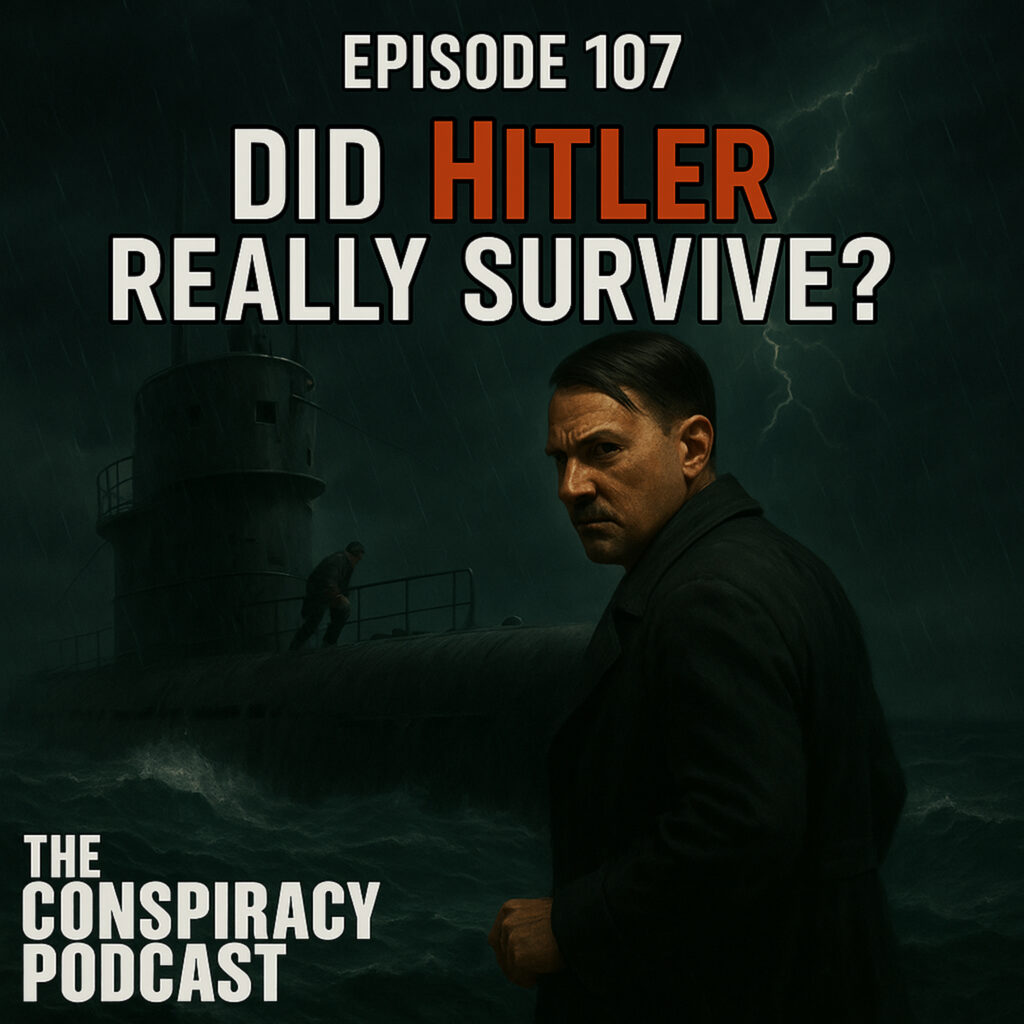Unpack the chaotic final days of Adolf Hitler inside his Berlin bunker and examine the long shadow of conspiracy that followed. With Soviet troops just blocks away and the Third Reich in ruins, Hitler and Eva Braun took their own lives on April 30, 1945, in a sealed underground room. What happened next would become one of the most debated and mythologized events of the 20th century.
The boys break down what eyewitnesses in the Führerbunker claimed to have seen, including the discovery of Hitler’s body, the hasty cremation in the Chancellery garden, and the eerie silence that followed. They also explore how the Soviets, despite having dental records confirming Hitler’s death, fed uncertainty through contradictory statements, suggesting he might have escaped. This fog of war—and Cold War politics—opened the door to decades of speculation.
Sean, Jorge, and Eric walk listeners through the wild theories: Hitler escaping by submarine to Argentina, secret Nazi compounds in Patagonia, and even FBI and CIA documents logging supposed sightings around the world. They dive into the real history of Nazi escape routes, known as the “ratlines,” that allowed high-ranking Nazis like Eichmann and Mengele to flee Europe for South America. These very real events added fuel to the idea that maybe—just maybe—Hitler had done the same.
The episode also touches on newly declassified documents from Argentina While entertaining the “what-ifs,” the boys also lay out the overwhelming evidence that Hitler died in Berlin, including forensic proof verified as recently as 2018.
Throughout, the conversation stays grounded but curious, asking why this conspiracy persists, how it was shaped by misinformation, and what it says about the human desire to believe in hidden truths—even when history says otherwise.
Whether you're a skeptic, a history buff, or someone who just enjoys a good mystery, this episode walks the line between fact and folklore, peeling back the layers on one of the 20th century’s most enduring legends.








